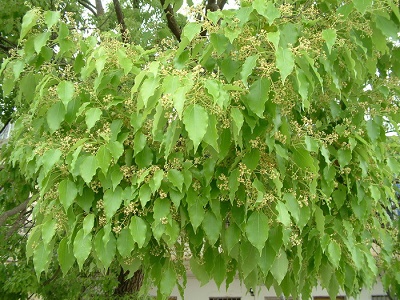Order: Laurales
Family: Lauraceae
General Overview: Cinnamomum camphora, also known as camphor tree, is an evergreen tree in the Lauraceae family. It is native to eastern Asia, including China, Japan, Taiwan, and Vietnam, and has been introduced to other parts of the world.
Morphological Features: The tree can grow up to 20-30 meters in height and has a straight trunk with grayish-brown bark. Its leaves are glossy and oval-shaped, while its flowers are small and white, and bloom in the summer.
Biological Characteristics:In traditional Chinese medicine, various parts of the Cinnamomum camphora tree have been used for medicinal purposes. Camphor, a substance extracted from the wood and leaves of the tree, has been used as a pain reliever, anti-inflammatory agent, and as a remedy for coughs, colds, and other respiratory ailments. Camphor oil is also used in aromatherapy for its calming and relaxing effects. The wood of Cinnamomum camphora is also highly valued for its durability and resistance to insects, and is often used in construction and furniture-making. In addition, the tree is grown as an ornamental plant in gardens and parks, and has cultural significance in many Asian countries. Overall, Cinnamomum camphora is a versatile and valuable tree with a range of traditional uses and economic importance. Its cultural significance and historical use in traditional Chinese medicine make it an important part of Chinese culture and heritage.

